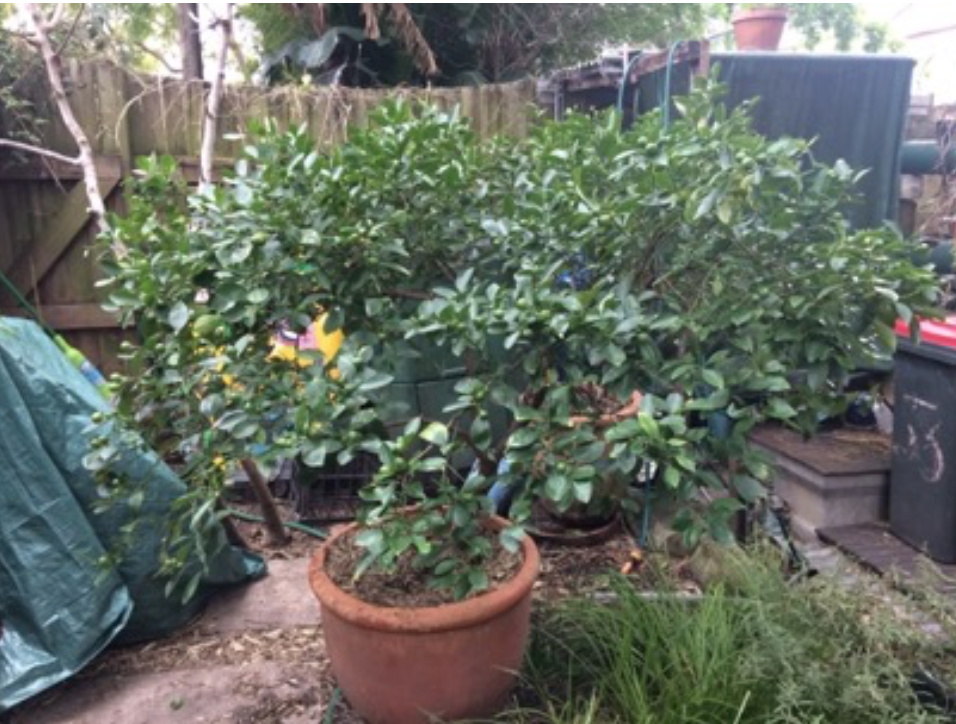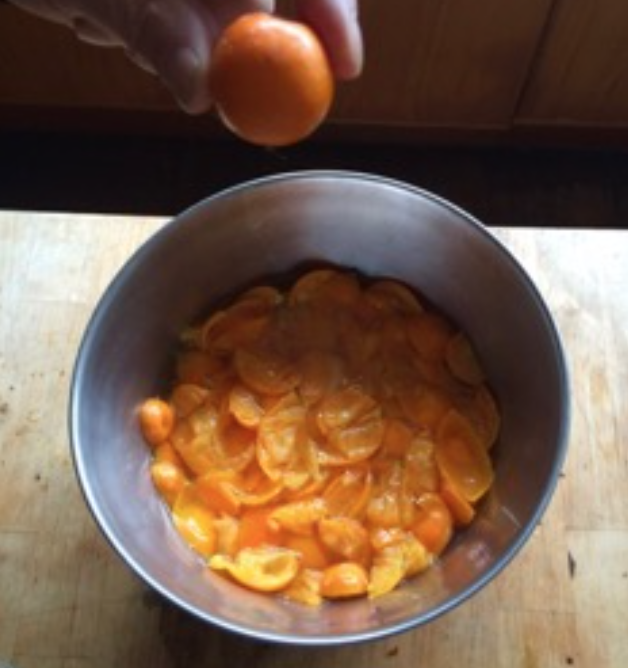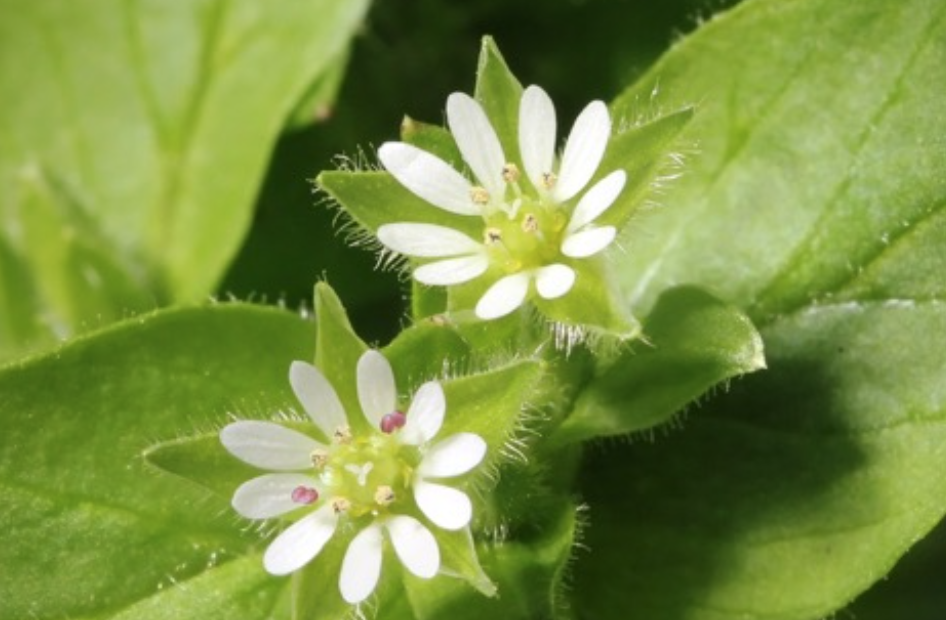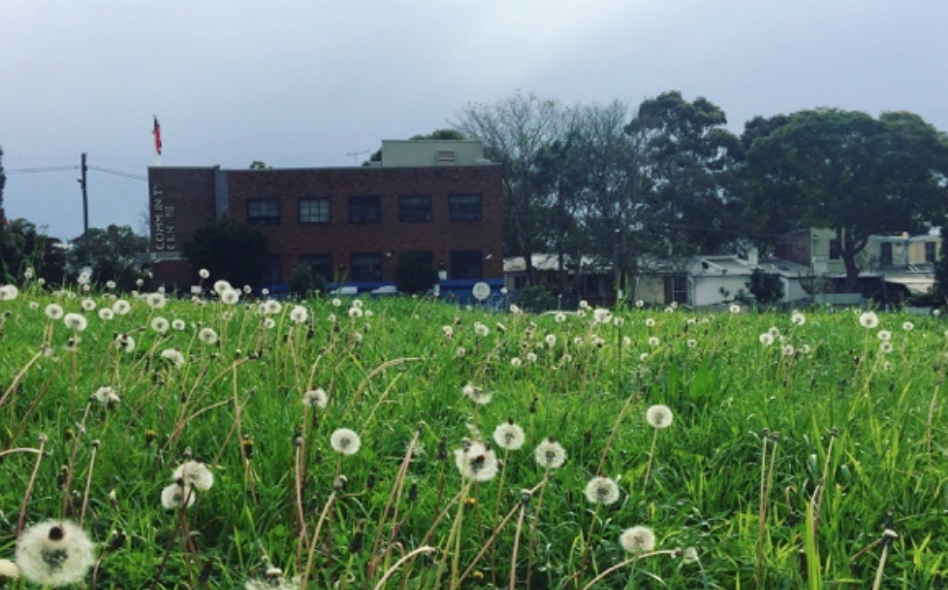The End of Winter
By Jessica Tang
Now it is the time to prune our tangled grape vines in order to optimize the fruit productivity in the upcoming spring.
The grape has been dormant during the winter and lost all their leaves. What we need to do is to keep two to three thickest canes and prune away the rest. While pruning the side branches on major canes, we cut just about the first bud on the branch. These remained canes would become permanent arms as the base to produce new fruiting canes each year.
We collected the cut branches and exposed them to sun. These sun-dried branches are free wood to set fire. Burnt branches are still valuable for recycling. Simply putting the ash into the composts would add carbon and increase the decay.
While the grape is waiting for its revivification, the citrus has already been bearing the fruit. Fruit is always our best mate on table. The mature cumquats on Tahitian Lemon tree have a lovely scent of lemon and balanced flavor of sweetness and sour. The cumquat jam is incredibly tasty and easy to make. For the recipes, go to http://www.sbs.com.au/food/recipes/cumquat-jam.


We watered the plants in our verge gardens on Myrtle Street and hopefully they are growing well. The branches of espalier citrus trees are growing alongside the verge gardens, in this way they would not encroach on the footpath and drive, and the center-opened shape of the tree would likely to receive more sun.
We cleaned out some of the weeds in the gardens, and it was interesting to notice these aggressors were not always bad. Refer to Pat Collins, these plants often had culinary and medical use, and were good companion for vegetables, fruits trees and flowers. Weeds also contribute in poor growing conditions, they are good indicators of an acid soil. Amaranth is a common shrubby erect weeds in Australia with alternative leaves and branches with long seeding spikes at the terminal. Like other common weeds, such as chickweed and dandelion, they are high in nutrients in their leaves, can be added in salads and cooked dishes.


At the end of the day, I went to the Wilga Ave in Dulwich Hill to check out the lovely verge gardens. Being very much exposed to sun, the site is perfect for verge gardens. The street goes north-west to south-east, receiving sun on both side of the 25-metre wide road and 5-metre concrete footpath. Differed from Myrtle street, the houses on Wilga Ave were setting back and don not castling shade on the street. Now the garden is planted with various vegetables, herbs, fruits and shrubs, taking place of about 60% of the frontage, and irrigated by rainwater through leaky drains. I was happy to see people enjoyed working on sustainable gardens, in terms of both giving and harvesting.

